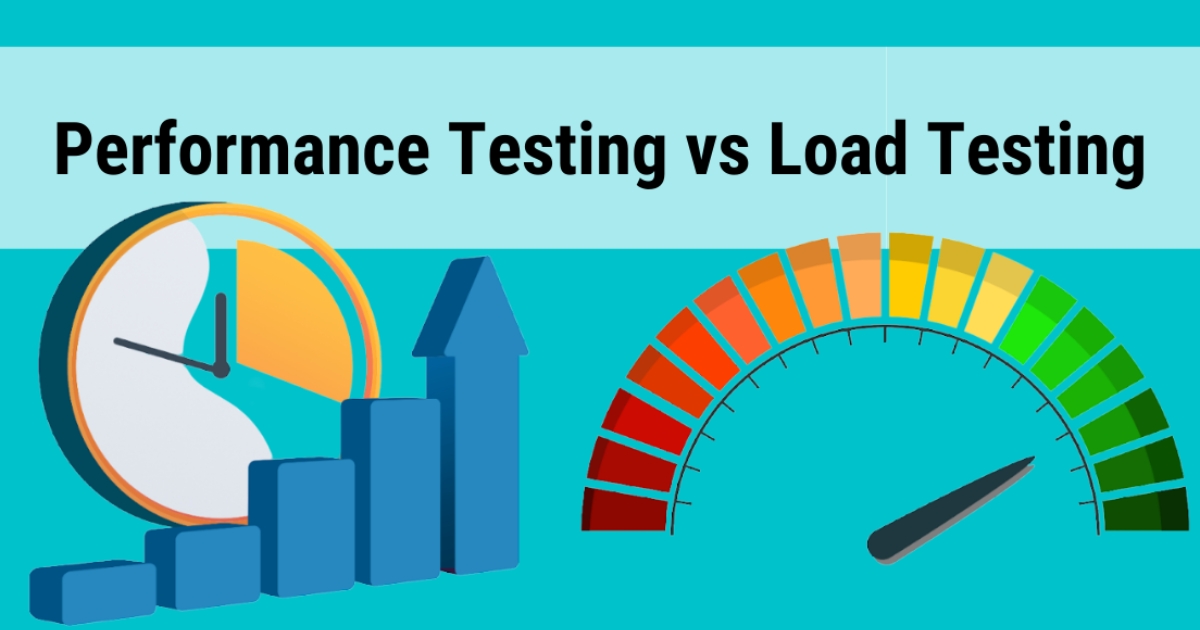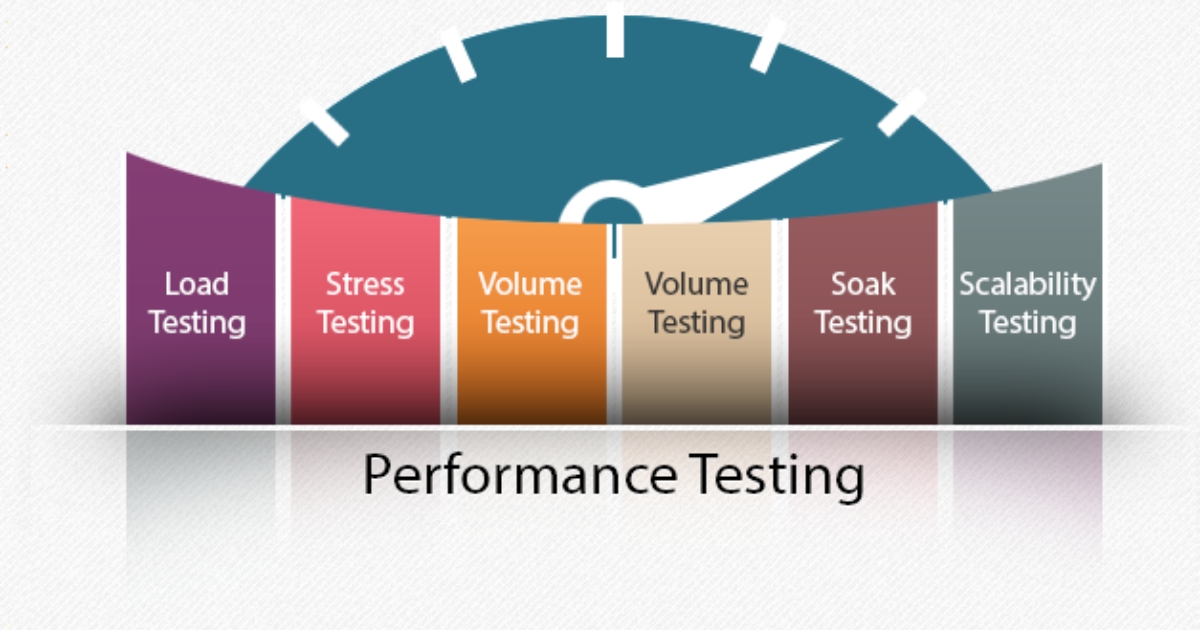Introduction
Performance testing vs load testing are popular ways to gauge how well a system runs. There are similarities between the two methods, but they also have significant differences.
Understanding what they are and how to use them in combination can help ensure that an application is optimized for both performance and scalability. In this article, we will go through each characteristic of performance testing vs load testing and see how to distinguish them.

Table of Contents
What is Performance Testing?
Performance testing is software testing carried out to measure how the system can handle responsiveness, stability, scalability, and resource consumption under different workloads.
With some businesses, and verticals depending on software systems like E-commerce, Finance, logistics, etc., this type of testing is crucial to identify the bottlenecks and come up with solutions to meet the future demands of users.
What is Load Testing?
The main goal of load testing is to test the system’s resilience and check its maximum capacity. To do so, the Quality Assurance (QA) or software tester will stimulate pressure on the system by generating several concurrent users logging in at the same time.
Load testing is particularly beneficial for large-scale online apps, e-commerce sites, and social media platforms allowing several users to log in simultaneously. In fact, the system’s ability to support a high number of users and continue functioning at peak times can be verified through load testing.

Performance Testing vs Load Testing: Understanding the Similarities and Differences
Similarities
Although performance testing vs load testing are two completely different types of testing, they share some similarities. Here are some of the key points:
- Both are vital to ensure the performance and reliability of an application or website under certain situations.
- In both testing methods, the testers have to generate stimulated traffic as the goal is to check how the system behaves under different workloads.
- Testing tools are a must to carry out each test as the tools are used to stimulate real-time users and measure the performance of the system.
- In both performance testing vs load testing, you need to set performance metrics to evaluate the performance. These metrics could include response time, throughput, CPU utilization, memory utilization, network utilization, error rate, and concurrent users.
- In both performance vs load testing, analyzing test results is a necessary step. This involves reviewing test logs, monitoring system resources, and conducting other analytical tasks during the analysis process.
Differences
So, now we have an overview of what performance vs load testing is, and the similarities between them. Let’s take a look at the table below to see some different aspects:
| Criteria | Performance Testing | Load Testing |
| Purpose | Used to evaluate the overall performance of a system under different loads and usage conditions. It also points out prominent issues like bottlenecks, memory leaks, concurrency problems, etc. The primary goal is to develop better optimization for the system and increase the satisfaction of users. | To determine how the system can handle without crashing or degrading under a designed workload based on the actual concurrent users of the product. The test is typically used to measure the maximum capacity of the system and identify issues like system lag, and page load issues. |
| Types of Testing | A broad range includes: . Stress testing . Load testing . Endurance testing . Spike testing . Scalability testing . Volume testing . Configuration testing |
A specific subset of performance testing. |
| Starting time | Commonly conducted in the early stage of production to ensure the system can perform smoothly before the system reaches its maximum capacity. | Conducted after the product is released to check the maximum capacity of the system under heavy loads. |
| Test environment | The testing will be done in a clone of the production environment. | The testing will be done in the mimic of staging or pre-production environment. |
| Test scenarios | Different scenarios to test the system under various conditions such as high traffic, low traffic, and normal traffic. | Focusing specifically on testing the system’s ability to handle a high volume of traffic or transactions. |
| Test duration | Short or long durations, depending on the test scenario. | Longer durations to ensure that the system can handle sustained heavy loads. |
| Metrics | Response time, throughput, scalability resource utilization. | Concurrent users, transactions per second, hits per second, error rate, CPU. |
| Test tools | Apache JMeter, LoadRunner, Gatling, Selenium, AppDynamics. | Apache Bench, Siege, Tsung, Load Running. |
| User behavior | Simulates different user behavior to test the system under various conditions. | Simulates a heavy load by generating a large number of requests. |
| Limits | It represents the limit of the system’s performance capabilities which helps avoid potential system failures or downtime in the future. | It represents the point at which the system reaches its capacity and can no longer handle the additional load without affecting performance or availability. |
Frequently Asked Questions
Q: Can load testing be considered a type of performance testing? A: Yes, load testing is a type of performance testing that focuses on testing the system’s performance under specific load conditions.
Q: How do you determine whether to conduct performance testing or load testing? A: The decision to conduct performance testing or load testing depends on the testing objectives and the system under test.
Q: Can load testing and performance testing be conducted together? A: Yes, load testing and performance testing can be conducted together to evaluate the system’s overall performance under different load conditions.
Q: Can performance testing be conducted without load testing? A: Yes, performance testing can be conducted without load testing as load testing is not the only type of performance testing. We can use other types of performance testing to assess system performance under various conditions.
Q: Can performance testing be conducted using the same tools as load testing? A: Yes, some testing tools can be used for both performance testing and load testing. For example, Apache JMeter can simulate both load and performance testing scenarios.
Conclusion

Software performance evaluation techniques such as load testing and performance testing are crucial. Understanding clearly the similarities and differences between performance testing vs load testing will help you make a correct testing plan in the software development process.
 4 minutes read
4 minutes read
